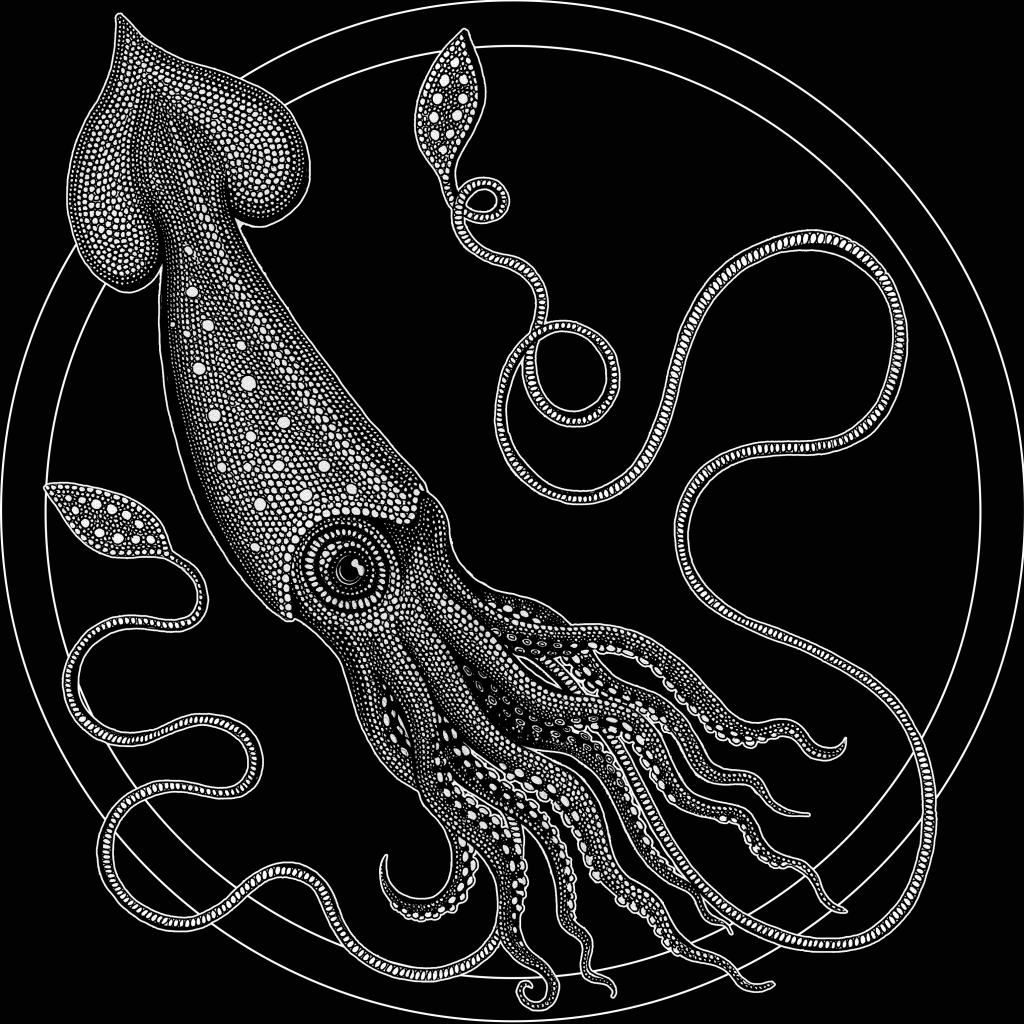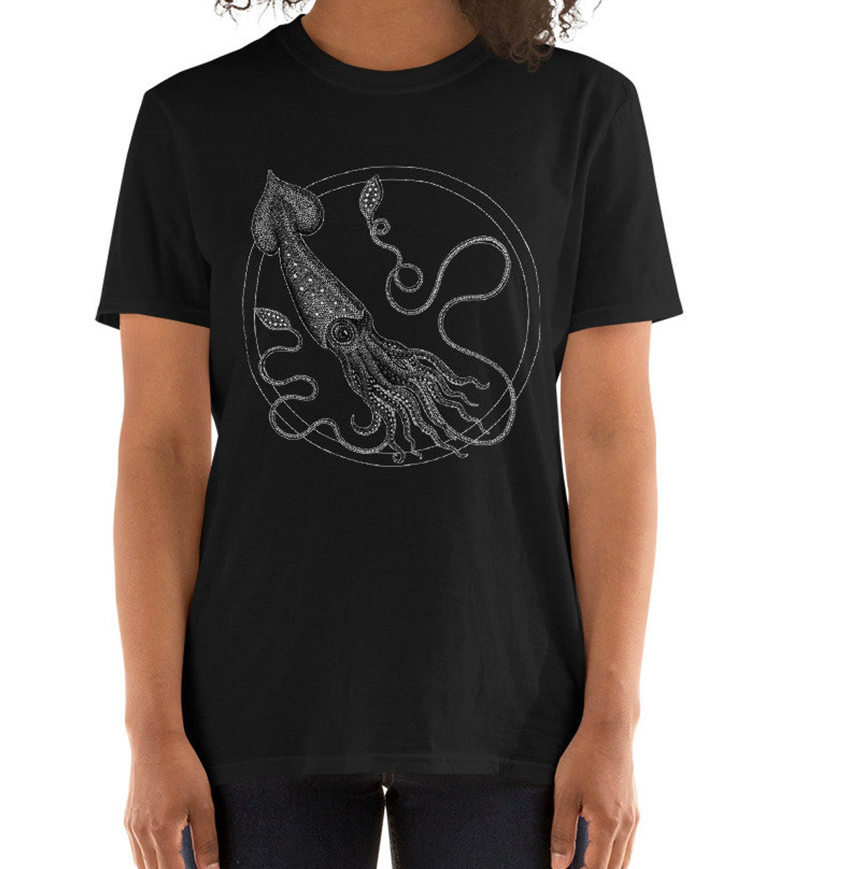Oegopsida

The Humboldt squid (Dosidicus gigas) from the order Oegopsida is an absolute tour de force. Also known as “Diablos rojos” (red devils) in their original range around South America, the red hue that they adapt when caught is meant to serve them as camouflage in the deep ocean where the majority of animals cannot perceive the colour red due to its wave lengths not reaching deep into the ocean’s water.
They are your typical “live fast, die young” kind of animals – rarely living beyond two years, they use their time on this earth effectively however, laying up to 20 million eggs, growing up to 2 metres in mantle length and travelling the ocean at the dazzling speed of 24 km/h. Their shoals of over 1000 of these animals are voracious hoards that descend upon and can quickly decimate schools of fish, often hunting cooperatively and using their long and fast tentacles to reel their prey towards their razor-sharp beaks. It has been found, however, that a large portion of their menu, and one might say, the main course, are other Humboldt squid. Squid that are smaller, or show a general weakness are quickly identified by their companions and their beaks (that are harder to digest than the rest of them) are found in the culprit squid’s stomachs to tell scientists the tale of their untimely and tragic end.
While famously hunted in their deep-sea open ocean habitat by sperm whales, their main predators are humans. The Humboldt squid is by far the most popular squid in the seafood market (about every third squid caught worldwide belongs to this species), and presents a major fishery around South and Middle America, however, the population appears to be expanding their range, and so, at least for now they do not appear to be threatened.
For T-shirts and art prints of the Nautilus in my Etsy store click on the images below:
Frontal-print t-shirts (starting from 21.05 USD):
